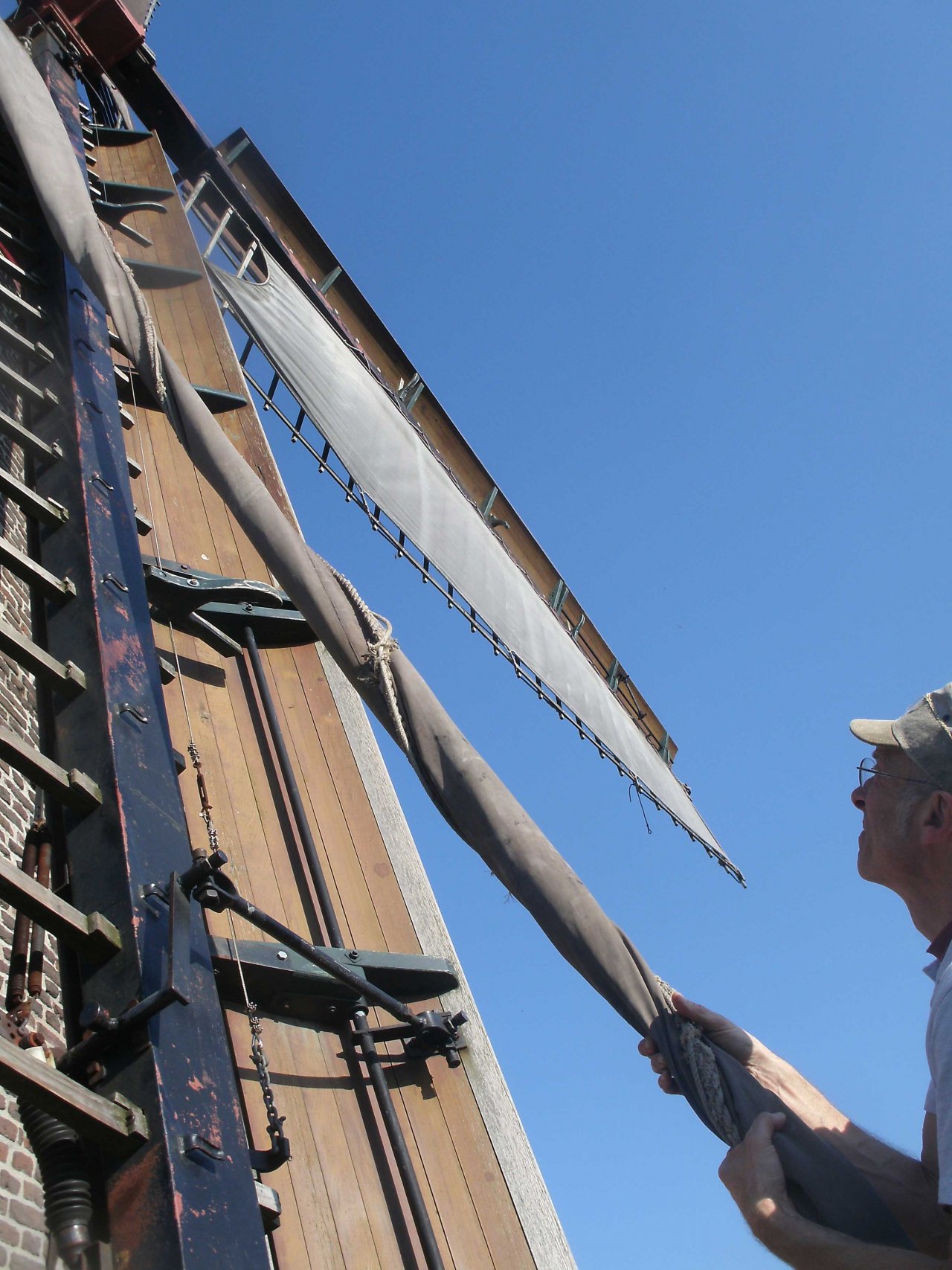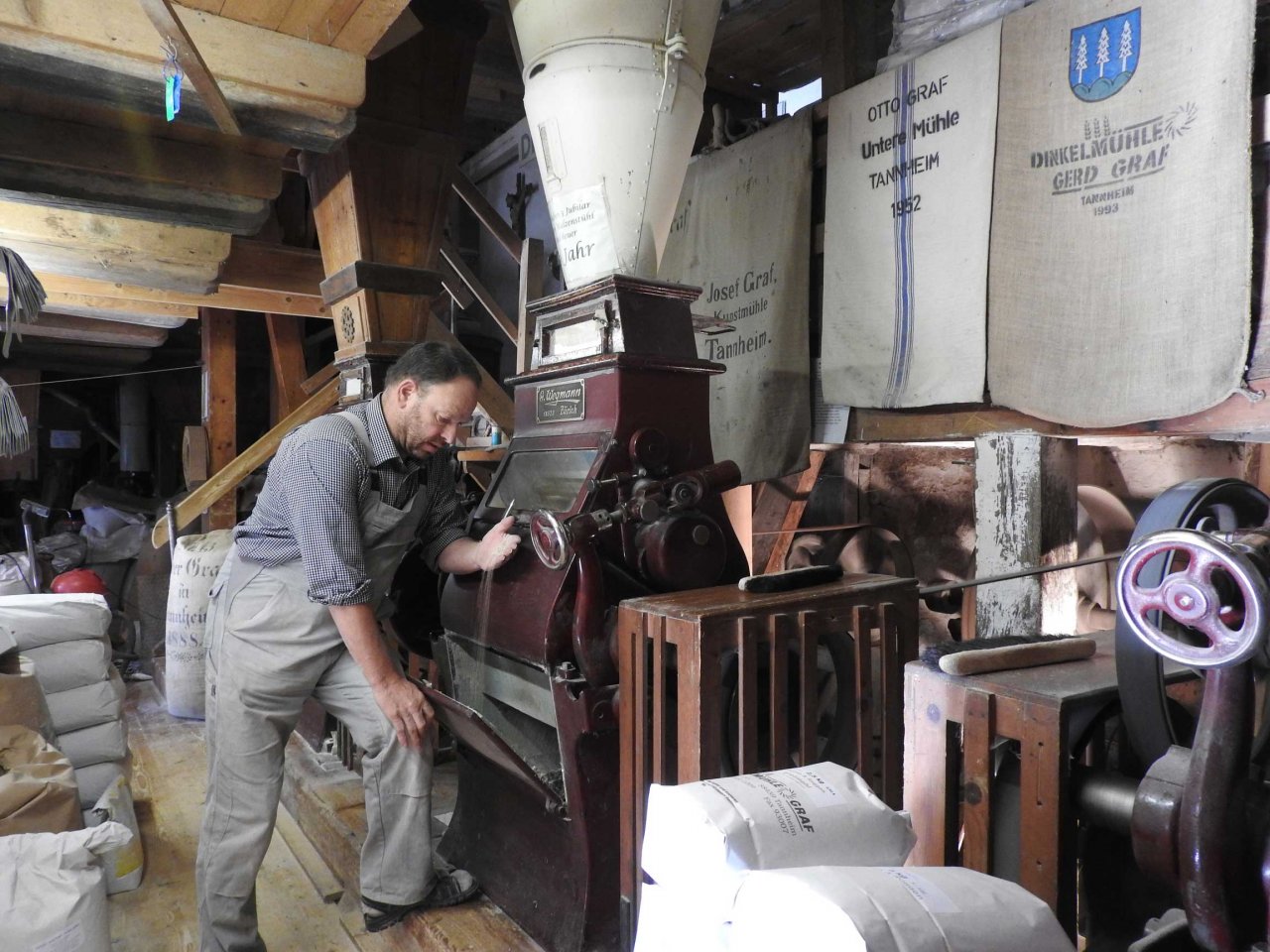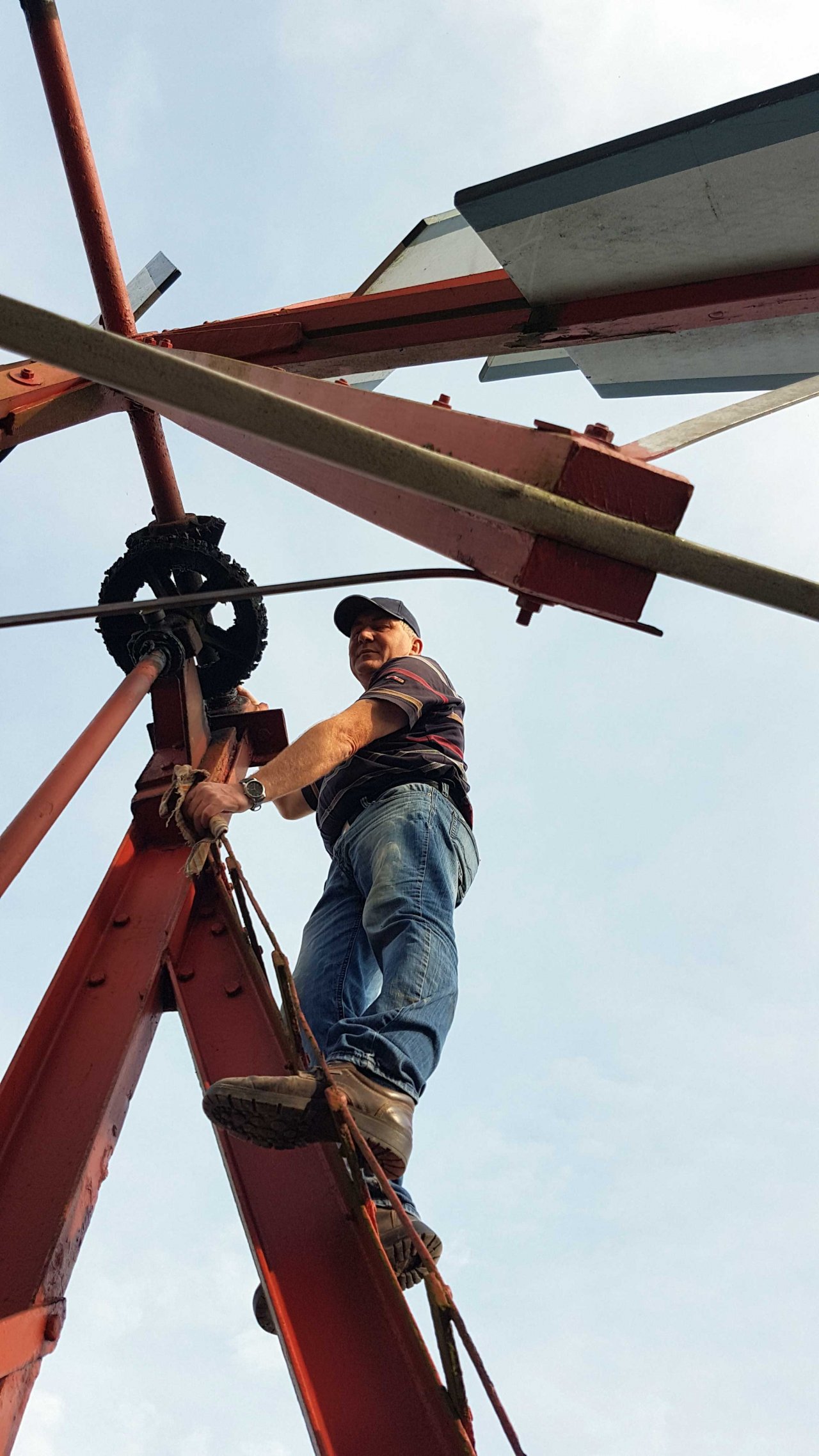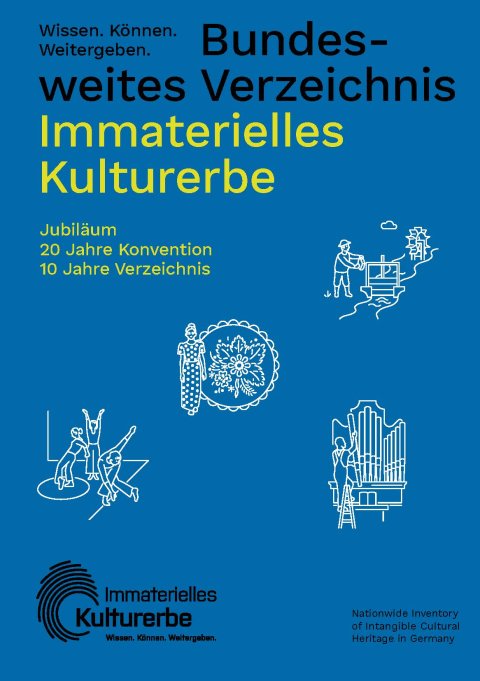Nationwide Inventory of Intangible Cultural Heritage
Traditional Milling in Wind or Water Mills
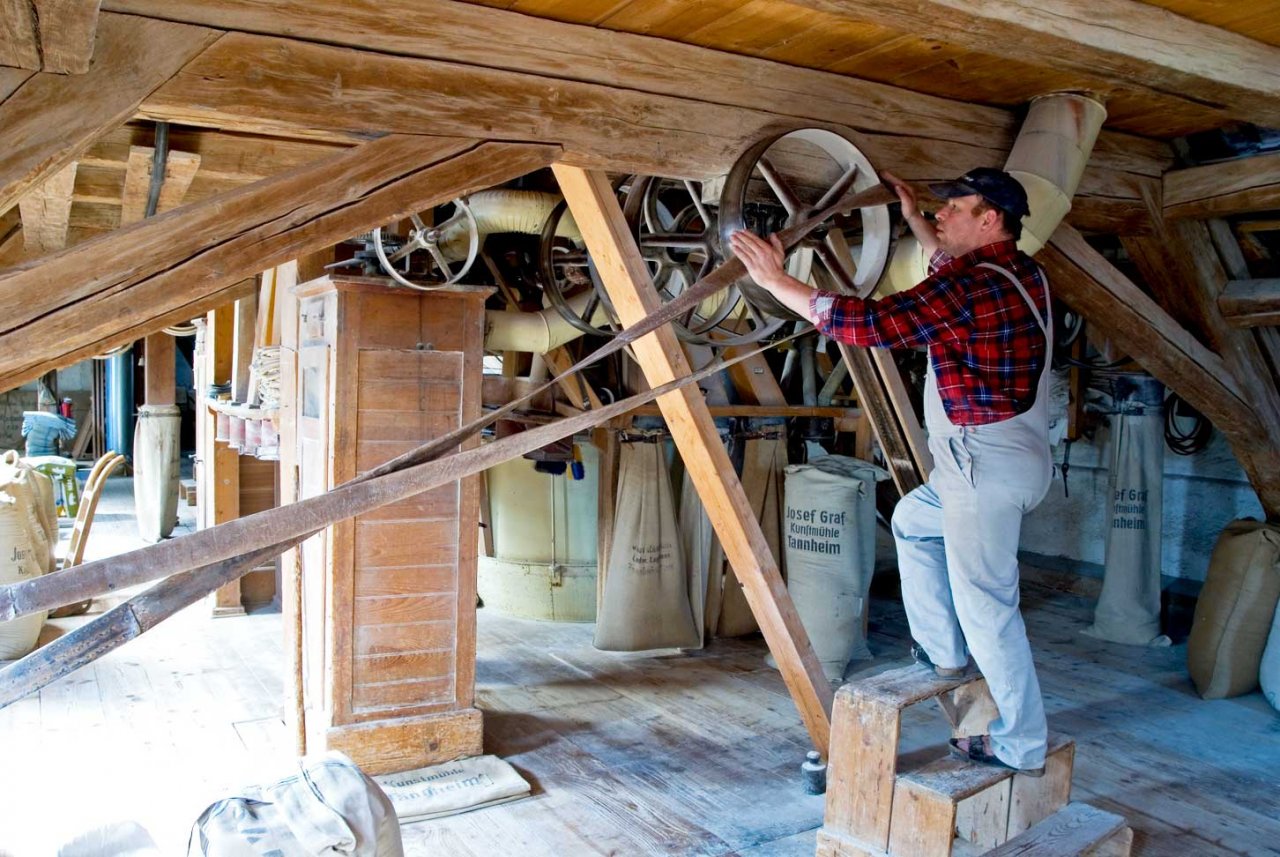
In the 18th and 19th centuries, mills efficiently used natural resources. Mills even laid the foundation for the industrial revolution. There are more than 180 different types of use like grinding or sawing. Until today, many landscapes in Germany are characterized by mills. Today, traditional millers have become rare and the traditional craft is no longer part of the common education of a miller.
Facts & figures
- Crucial date: Throughout the year
- Inscription: 2018
- Domains: traditional craftsmanship, knowledge and practices concerning nature and the universe
- Where to find: Nationwide
Contact
Die Muellergilde – Interessengemeinschaft für das traditionelle Muellerhandwerk und historische Muehlen e. V.
Eckhard Meyer
@email
Out of 50.000 former mills, there are approximately 50 mills that keep traditional work techniques alive in Germany today. The types of use are for example grinding (flour or stone), pressing (oil) or sawing (wood). In addition to these professionally active mills, there is an increasing number of wind and water mills which operate on a semi-professional, rather voluntary basis. Doing so, those volunteers advocate for preserving the miller’s craft and pass on knowledge to future generations.
Today milling is a profession that can be learned in vocational training. At millers‘ schools, apprentices acquire all knowledge that is aligned with the work in an industrial mill. The traditional work with wind and water is no longer included in the usual curricula and must be learned proactively in traditional mills. Individuals and associations provide training courses in order to teach how to deal with a wind mill or water mill.
